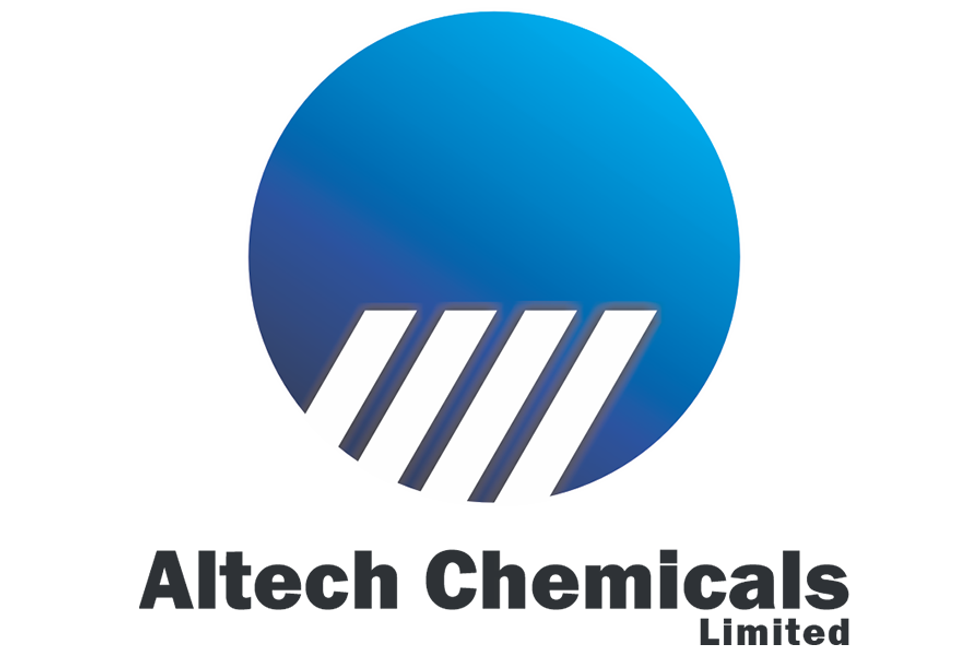Stormcrow Capital’s president and director, Jon Hykawy, spoke with Graphite Investing News to help dispel some of the rumors floating around the graphite space.
For graphite companies that excitement has hinged on the assumption that Tesla will require a large amount of natural graphite. In terms of just how much, one oft-cited set of calculations comes from analyst Simon Moores, who’s said the plant “will consume at least 28,000 tonnes of spherical graphite each year if operating at capacity.” In turn, that will create a need for 93,000 tonnes of flake graphite “if produced to today’s standards which sees raw material wastage of up to 70%.” According to Moores six new mines will need to come online to fill that demand.
Those are pretty impressive numbers, and given Tesla’s assertion that it “plans to use only raw materials sourced in North America” for the gigafactory, speculation has been rife about which companies may become suppliers. So much so, in fact, that many market participants seem to have forgotten that Tesla itself hasn’t actually confirmed it will need that much natural graphite — or indeed if it will need natural graphite at all.
To get a more tempered understanding of what Tesla’s plans may be, Graphite Investing News spoke with Jon Hykawy, president and director of Stormcrow Capital, a firm that provides analysis on niche sectors like graphite, lithium and rare earths. He also shed some light on the situation in China and whether Flinders Resources’ (TSXV:FDR) upcoming acquisition of Big North Graphite (TSXV:NRT) will spur further consolidation.
Synthetic graphite: tried and tested
Responding to the question of whether Tesla will indeed require flake graphite, Hykawy commented, “that’s actually an extrapolation that people have made. Tesla has a partner named Panasonic (TSE:6752) that makes all its batteries,” and at the moment Panasonic “uses nothing but synthetic graphite in those batteries.”
Explaining why that’s the case, he noted that synthetic graphite is “the only thing [Panasonic has] tested across a long enough period of time to be comfortable with the safety profile. It’s the synthetic that they’ve been using for a long period of time” and “will probably continue to use.”
That’s not to say that natural graphite will never have a place at Tesla. “Tesla’s made statements that it wants to make sure that its cars are manufactured in the most cost-effective manner possible, but also in the greenest manner possible,” said Hykawy, adding that the company will be better able to do that “if it weren’t to use synthetic.” That’s because making synthetic graphite is not only expensive, but also “a messy, energy-consumptive, carbon-emitting thing to do.”
Just don’t expect a transition to flake graphite to happen overnight. Tesla “likely will transition gradually to natural,” said Hykawy, also stating that the company “will probably do it much in the manner that other companies have done, which is start with a core of natural and coat it with synthetic.”
All in all, he emphasized, the to-do about flake graphite is “a little premature.”
What will Tesla need?
Prematurity aside, Hykawy was willing to explain what Tesla will be looking for if it does start to transition into using flake graphite.
“There’s been a lot of research done on the characteristics required for natural, [and] basically all that work suggests that you want to use larger-flake-size material,” he said. “You’re probably not going to leap up to +35 size or +50 mesh materials because those are expensive and have other uses, but moving up to a material that’s -50, +80 is probably something a lot of the manufacturers are looking at doing.”
According to Hykawy, they’re after that material because they are trying to limit the amount of contaminant material placed into the battery. Essentially, too many contaminants in the battery leads to a cell that fails too quickly. Large flakes of graphite generally contain lower proportions of contaminants than smaller flakes, as the contaminants tend to produce graphite that “doesn’t really hold together” and can split into two different flakes of graphite. Fewer contaminants thus means larger, purer flakes and “a larger, stronger material for use in batteries.”
That larger, stronger material is of course more expensive than material with more contaminants. However, said Hykawy, given that it’s “still a lot cheaper than synthetic” it’s likely what many manufacturers will be switching over to.
Don’t bet on consolidation
Setting Tesla aside, Hykawy tackled another rumor that’s been making the rounds amongst graphite market watchers: consolidation.
Though, as mentioned, Flinders’ proposed acquisition of Big North spurred rumors that more M&A may be in store, Hykawy described himself as a skeptic. “The whole consolidation rumor mill that’s springing up is a little bit like rare earths,” he said. “Before you knew it, you had about 400 companies that had some level of deposit … and people talked about how this one was going to consolidate with that one. But there’s not much point with 400 options out there.” The same, he said, “is likely true in the graphite space.”
Instead, “it’s going to be more a case of ‘how do I future-proof myself in this market.’” That, said Hykawy, means companies should be thinking about what might happen to them “if the Chinese come back and start selling graphite very cheap.”
Taking on China
That might sound unlikely given that China is currently in the midst of a big clean up of its graphite industry, but another thing Hykawy is skeptical about is how seriously that endeavour is being taken. “Frankly, the least of China’s worries on the environmental side is graphite mines,” he quipped, adding, “burning coal for electricity is a whole heck of a bigger problem than graphite mines.”
So why is China making such a fuss over its clean up? The answer to that question is low graphite prices, if Hykawy is to be believed. “I think the reason they’ve chosen this point in time to deal with some of these environmental issues and close down some of the mines and processing plants is because over the last while the graphite price has been slightly depressed,” he said. “What better time to shut a couple of projects down, take a little capacity out of the system, and drive prices back up?”
Graphite companies should thus be making sure they have the type of project that can compete with those in China. “You want a certain set of characteristics,” he explained. “Likely you want an open-pit project, or better — you want a project that’s hosted in material that’s almost free dig. You want something where you can basically put a shovel in the ground, pick up a pile of dirt, then float that immediately with no crushing, with nothing else required to produce that graphite.”
It’s also important to have “as pure a material as possible. You want material that out of a simple flotation process is as pure as it can be because that’s going to keep processing costs down.” Ultimately, “if you can keep your costs down to sub-$300, or approximately $250 per tonne, then you can actually compete with the Chinese,” said Hykawy.
That said, there is a limit to how much new graphite production the market can handle. Referring back to a recent report put together by his company, Hykawy said that the limit is about 300,000 tonnes of new production by 2020. “Everybody with that price deck makes some amount of money,” he noted.
Trends moving forward
For his part, Hykawy will be watching the market to try to discern which companies are likely to be able to supply those 300,000 tonnes. He estimates that there are “five or six slots” to fill.
That might sound like a low number, but Hykawy ended the conversation by emphasizing that a key trend he’s noticed is that technology users of graphite that are used to buying from China have come to realize in the last couple of years “that China is probably not a viable, long-term reliable supplier.” As a result they’re trying to diversify.
Put simply, that means the opportunity is there for companies outside of China. It’s now up to analysts — and investors — to try to determine which will be successful.
Securities Disclosure: I, Charlotte McLeod, hold no direct investment interest in any company mentioned in this article.
Editorial Disclosure: Interviews conducted by the Investing News Network are edited for clarity. The Investing News Network does not guarantee the accuracy or thoroughness of the information reported. The opinions expressed in these interviews do not reflect the opinions of the Investing News Network and do not constitute investment advice. All readers are encouraged to perform their own due diligence.
Related reading:
Powering the Future: 5 Graphite Juniors Talk Demand and Tesla’s Gigafactory
Simon Moores on China, Tesla and Graphite Supply Chain Transparency
Graphite M&A Heats Up: Flinders to Acquire Big North
Tesla’s Gigafactory Decision a “Nevada Victory”






